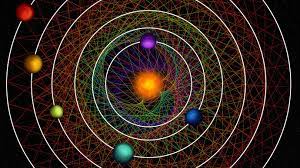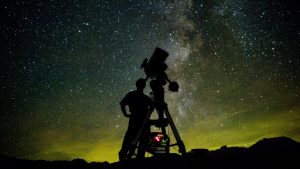Scientists Find HD110067 Planetery System is in Resonance
3rd Dec 2023
A rare discovery has been made by scientists in a star system close by. Six planets have been found orbiting their central star, HD110067, in a synchronized and rhythmic manner. This unique phenomenon can offer invaluable information on the formation and development of planets.
This study, conducted by Rafael Luque, a scientist at UChicago, was published in the journal Nature on 29th November.
TESS and CHEOPS Uncover HD110067 and its Resonance
The star system, named HD110067, is located approximately a hundred light years away in Coma Berenices, a constellation in the northern sky.
The star, which NASA’s TESS (Transiting Exoplanet Survey Satellite) detected in 2020, experienced dips in brightness, thus indicating the presence of planets passing in front of its surface. Researchers analyzed data from TESS and ESA’s CHEOPS (CHaracterizing ExOPlanet Satellite) to make this discovery.
While it is common to see multi-planet systems, it is exceptionally rare to come across one in “resonance,” where the planets are in a tightly synchronized gravitational formation. In this particular system, the four closest planets follow a 3/2 resonance pattern, and the two outermost planets follow a 4/3 resonance pattern, which is repeated twice.
Moreover, scientists believe this rhythmic dance has been ongoing for billions of years since the system was formed.
The Significance of Orbitally Resonant Systems in Understanding Planetary Formation
Astronomers place significant importance on the discovery of orbitally resonant systems since they offer insight into the formation and development of planetary systems. Although planets around stars typically form in resonance, their delicate balance can easily be disturbed by factors such as close encounters with passing stars, giant impact events, or a significantly large planet.
As a result of such factors, many multi-planetary systems observed by astronomers are not in resonance. However, they appear similar enough to suggest that they might have been in resonance at some point.
Luque has estimated that only one per cent of all systems remain in resonance, with even fewer having a chain of planets arranged similarly. In that respect, HD110067 is a unique system that warrants further investigation as it offers a glimpse into the original structure of a planetary system that has remained untouched.
More specific measurements of the planets’ orbits and masses will be necessary to better understand how the system formed.







Thank you for your comment! It will be visible on the site after moderation.